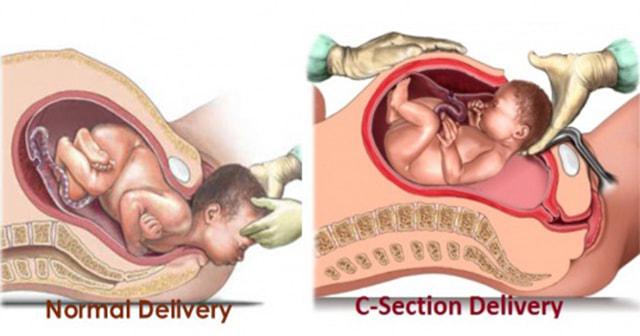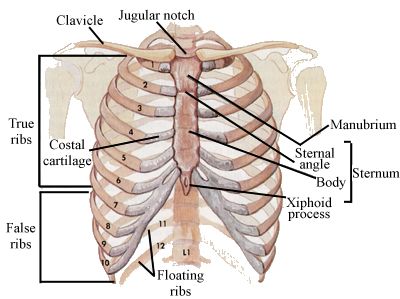HYDROCEPHALUS

HYDROCEPHALUS Term ‘hydro’ meaning water and ‘cephalus’ referring to the head. Hydrocephalus is a condition in which an accumulation of cerebrospinal fluid (CSF) occurs within the cavities of the brain. CSF has 3 crucial functions in our body- 1. It acts as a shock absorber for the brain and spinal cord 2. It acts as a vehicle for transporting nutrients in the brain and removing waste. 3. It flows between the cranium and spine to regulate changes in pressure within the brain. This accumulation of CSF causes increased pressure inside the skull. Hydrocephalus can occur due to birth defects...


